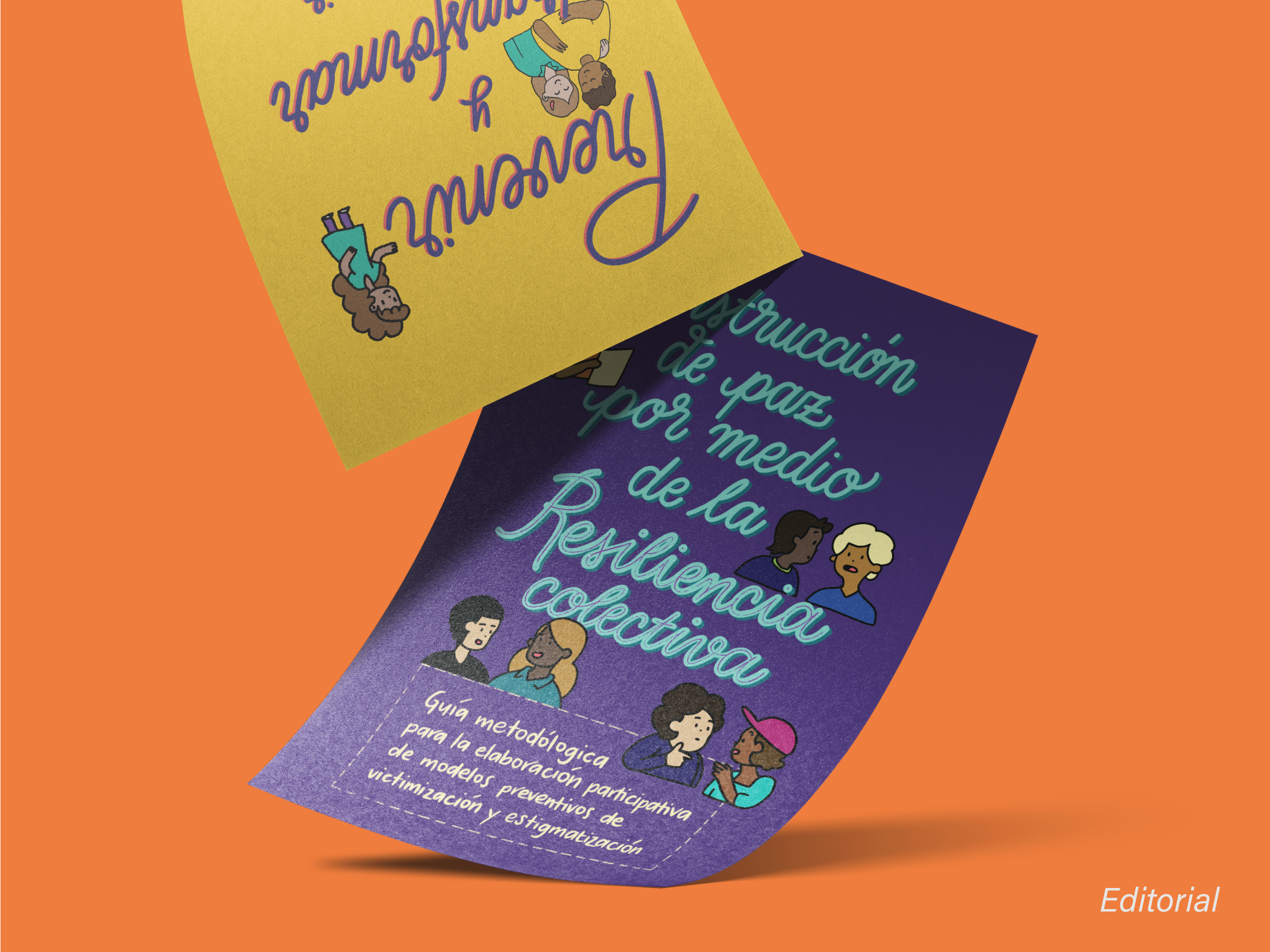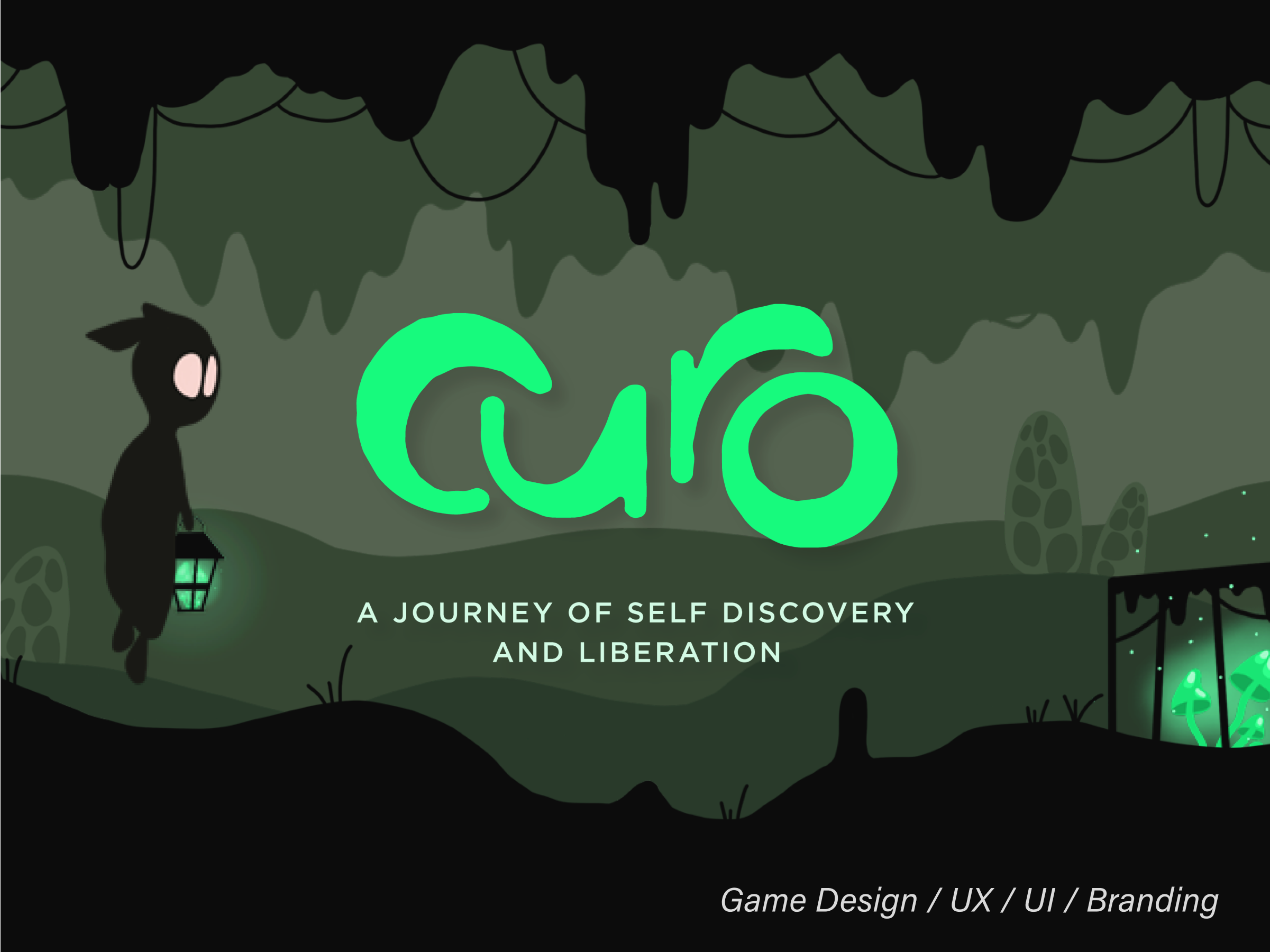DIY openHPI
Interactive onboarding for online course management
Topic: Online Education Technology
Field: Product design, User Experience Design, Instructional Design
Skills in Action: Design Thinking, Research, UX, UI, Prototyping, Branding.
Imagine starting a new job where you're handed a massive, dense manual and told to read it before asking any questions. Intimidating, right? This was the experience for new course administrators at openHPI. The existing onboarding process, a series of lengthy, non-interactive webinars, was overwhelming and ineffective, consuming significant resources. We developed DIY openHPI, an interactive tool that simplifies the learning curve and enhances user engagement through a hands-on, modular approach.
The Project
DIY openHPI is designed to streamline the onboarding process for course administrators on the openHPI e-learning platform. It features a user-centric design, integrating interactive elements that encourage active participation and real-time problem-solving.
New users gain practical skills through digestible units of knowledge, guided tutorials, and peer support, allowing for self-paced learning.
Problem Statement
openHPI is a robust e-learning platform that allows partners to create their own online courses, known as Massive Open Online Courses (MOOCs). The existing onboarding process for new course administrators was inefficient, relying on lengthy webinars that failed to engage users and effectively convey necessary knowledge. This left users feeling overwhelmed and lacking confidence in using the platform's features. Our mission was to improve this process, making it more engaging and effective for new administrators.
Users and Audience
The primary users are new course administrators who need to manage and create courses on openHPI. Secondary users include experienced administrators needing occasional refreshers or updates on new functionalities.
Process
Gaining Empathy
We conducted keyword analysis, stakeholder mapping, and in-depth interviews with current and new administrators. Immersion sessions in the existing process revealed significant pain points.
Key Insights
• Users felt overwhelmed by the volume of information
• The current process lacked interactivity and practical engagement
• There was a strong preference for learning by doing rather than passive observation
• Users desired a unified source of truth for all onboarding information
The Solution
DIY openHPI addresses these insights with an interactive, modular onboarding experience. New users engage in hands-on tasks that mimic real-world scenarios, allowing for experiential learning. We chose this approach based on the strong user preference for practical engagement. The tool also features a peer support system and a centralized resource repository.
Iteration
Our initial user testing with a raw prototype yielded positive results, but we quickly realized our scope was too wide. To make implementation more feasible, we decided to scale down from a complicated Swiss knife approach to focus on the most critical functionalities. We identified the main four pillars of our solution: Course management, Media creation, DIY challenges, and Useful checklists. Other features were postponed for a potential second phase, allowing us to concentrate on the most impactful aspects of our tool.
Logo
The logo, in black and white, conveys simplicity and approachability, contrasting with openHPI’s usual gradients to highlight a user-friendly version. This reflects the overall goal of making the onboarding process appear fun and easy.
Platform
The platform's design emphasizes simplicity with a clean layout and clear color coding, making navigation intuitive. This inviting aesthetic supports the goal of turning complexity into enjoyable simplicity.
Learnings
Our research underscored the importance of empathy in design. By understanding the users' frustrations and needs, we were able to create a solution that is both practical and engaging. We also learned that involving stakeholders early and often in the design process helps ensure that the final product meets their expectations and requirements.
Conclusion / Impact
The scope of our project was to present an initial platform prototype for DIY openHPI. While the full platform was not developed due to regulations and resource constraints, openHPI recognized the value of our design. They decided to incorporate some of its critical functions into their existing guidelines.
As a testament to the impact of our work, I was hired by openHPI at the end of this project to help implement our ideas into their guidelines. This project underscores the power of design thinking in addressing complex user experience challenges and has influenced openHPI's approach to onboarding processes in educational technology.
Credits
This project was undertaken as part of the Design Thinking Basic Track at the School of Design Thinking, Hasso Plattner Institute, Potsdam University, during the Summer Term of 2022.
HPI School of Design Thinking: Dr. Claudia Nicolai, Academic Director; Angela Galeano Colonia and Thomas Grundnigg, Program Leaders.
Coaches: Jochen Nünning, Jentz Tan.
Project Partner: openHPI
Team
Eloise von Gienanth, Fabian Krug, Adriana Rodriguez-Conto, and Niklas Runow.












